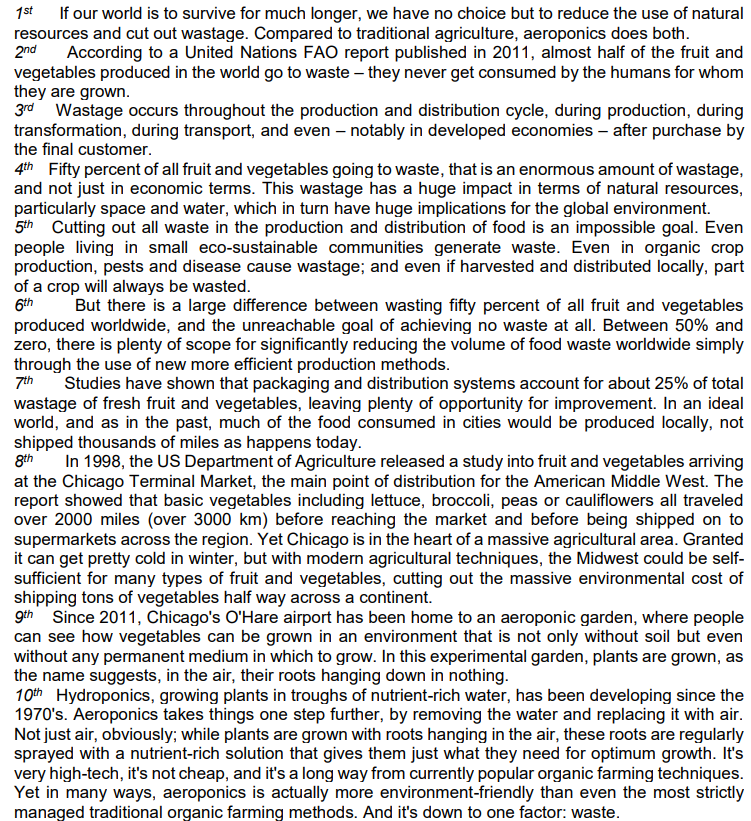Questões de Inglês - Substantivos e compostos | Nouns and compounds para Concurso
Foram encontradas 306 questões
Which noun does not have the correct spelling on its plural form? Choose the INCORRECT answer.


In reading process, the strategy of finding the ‘headword(s)’ (noun in Morphology; and core argument in Syntax - as subject or object main word), and the ‘modifier(s)’ (words that modify the headword) is (are) important because it (they) can define the pluralization or not of a verb, and they can also provide the complement of a verb. The combination of H (headword) and M (modifier) is called nominal group.
From the underlined fragments, analyze the headword of each nominal group and mark the correct alternative. “the communication /develops /new priorities /to reflect /those contexts”.
City hall braces for busy marriage day
If love is all you need, you’ll want for nothing in New York Thursday.
The folks who hand out marriage licenses are bracing for what could be their busiest day ever as Valentine’s Day romantics head to the aisle.
“When we are really busy, we have a second chapel we can open,” said First Deputy City Clerk Michael McSweeney. “We are preparing to do that. We’re expecting a lot of couples.”
City Hall’s unofficial record of 318 weddings on that date was set on Valentine’s Day 2002 - also on a Thursday.
And love is definitely in the air Thursday.
Melanie and Joseph Castine married on Valentine’s Day 10 years ago. Today, they’re renewing their vows in the same venue - the Empire State Building.
The couple, who recently moved from Roosevelt Island to Philadelphia, won a letter-writing competition with Brides.com to become one of 14 pairs tying the knot in the iconic building.
“Valentine’s Day is just the perfect day to do it,” said Melanie Castine, who, with her hubby, has been at the skyscraper every year to mark their anniversary.
“Everywhere you go in Manhattan, you can see the Empire State Building. It’s a constant reminder of our marriage. We call it our chapel in the sky.”
Meanwhile, love is being put on ice at one of the city’s most romantic spots.
Rockefeller Center is preparing to clear its rink at 8 p.m for a skater planning to get down on one knee for a surprise engagement.
“It’s a big surprise for her, but we’re sure it’s going to be extremely romantic,” a rink spokeswoman said.
(Available from: http://www.nydailynews.com/news/2008/02/14/2008-02-14 city hall braces for busy marriage day-1.html cited: 14 Feb. 2008)